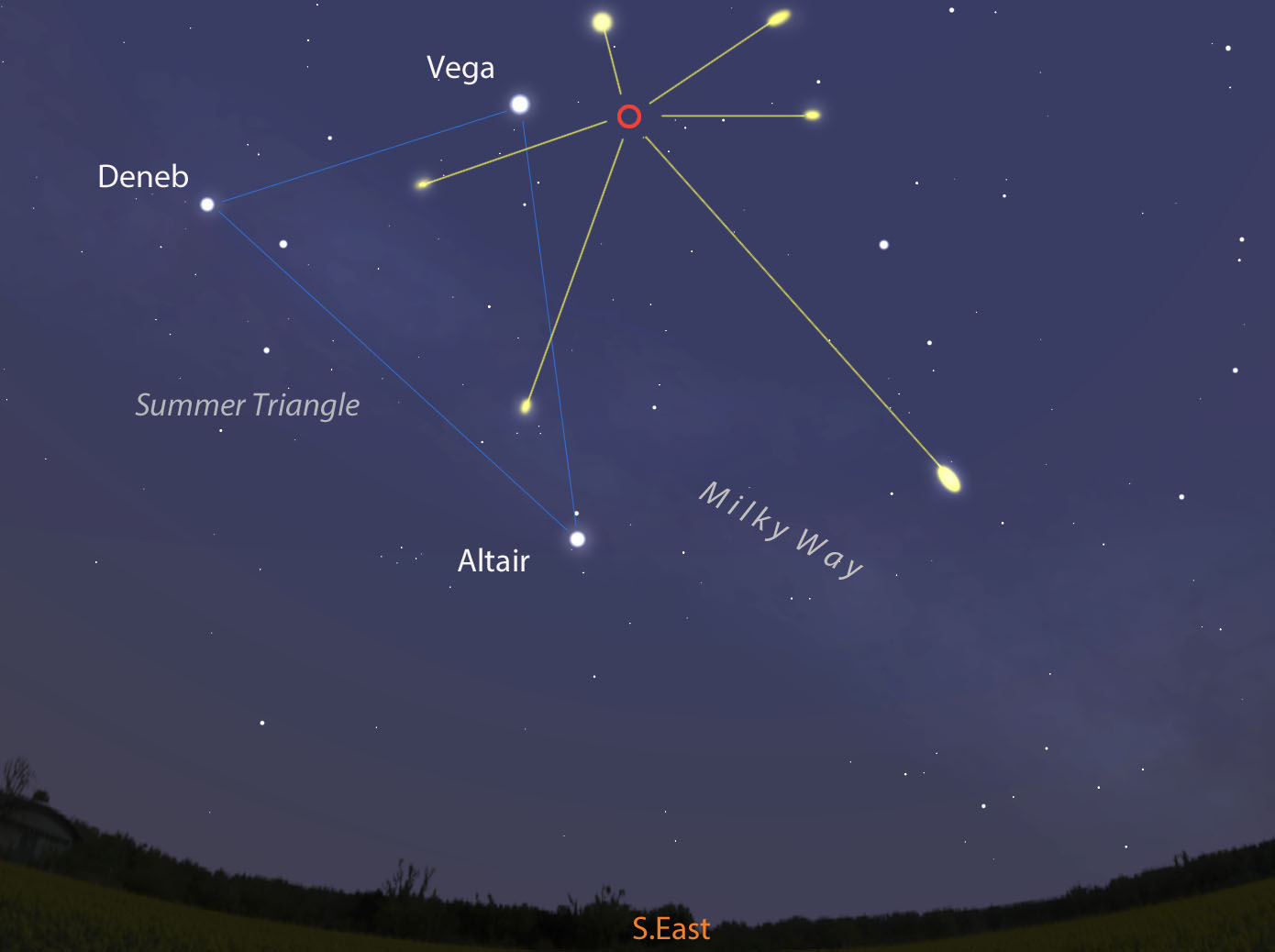Explore The Vega Constellation: Facts, Myths, And Discoveries
Have you ever looked up at the night sky and wondered what secrets the stars hold? Vega, the brilliant gem of the Lyra constellation, isn't just another twinkling light; it's a cosmic Rosetta Stone, helping us decipher the very fabric of the universe. Vega stands as the brightest star within the Lyra constellation, gracefully claiming the fifth position in overall brilliance amongst the celestial bodies visible in the night sky. This stellar beacon, a blue-white main sequence star, resides approximately 25 light-years away from our planet, Earth.
Its significance to astronomers is profound. Being one of the closest stars to Earth, visible without any aid, it presents itself as a prime candidate for observation. Its remarkable stability in the celestial sphere makes it an ideal subject for ongoing studies and observations.
| Vega Star System - Key Data | |
|---|---|
| Designation | Vega (Alpha Lyrae, HD 172167, HR 6908) |
| Constellation | Lyra |
| Right Ascension | 18h 36m 56.33635s |
| Declination | +38 47 01.2912 |
| Distance from Earth | 25.04 0.07 light-years (7.68 0.02 parsecs) |
| Spectral Type | A0V |
| Apparent Magnitude (V) | 0.03 |
| Absolute Magnitude | 0.58 |
| Luminosity (relative to the Sun) | 40.12 0.75 L |
| Surface Temperature | 9,602 K |
| Mass (relative to the Sun) | 2.1 M |
| Radius (relative to the Sun) | 2.362 0.023 R |
| Rotation Velocity | 236.2 3.7 km/s |
| Age (estimated) | 455 million years |
| Debris Disk | Present, extends to 860 AU |
| Reference | |
| NASA - Spitzer Reveals Debris Disk Around Vega |
- Rumor Mill Hailey Van Lith Boyfriend 2024 Truth Amp Privacy
- Decoded To Whom It No Longer Concerns Chapter 13 More

This Weekend’s Lyrid Meteor Shower How to See It

Vega The Once and Future North Star Space

Vega The Brightest Star in the Lyra the Harp